Iodine test – 24 hours challenge test + “Spot” test
€ 138,00 – € 198,00 excl. VAT
What exactly does the iodine combi test measure.
The standard 24-hour iodine test gives a good picture of the iodine status of the body but does not say anything about the actual intake of iodine in the body cells. This intake depends on the functioning of the iodine transport system. When this system malfunctions, and that can have various causes, the effect of iodine supplementation will be limited. To be sure that any iodine supplementation according to the standard iodine protocol makes sense, it is important to know whether the iodine transport system is functioning properly.
The addition of the ‘spot’ test to the 24-hour challenge test shows the normal level of excretion of Iodide, Bromide, and /or Fluoride, Chlorine) and the (extra) excretion as a result of the intake of the high dosage of iodine.
PLEASE NOTE: The test is performed with a 50 mg Iodine tablet. If you think your body is sensitive for Iodine supplementation, do not order and use this test. This test is sold after advice of a doctor or Health Professional.
Description
In order to determine the body’s need for iodine, a 24-hour urine iodine test is used. This test is based on the concept that the human body holds the absorbed iodine until the need of the entire body is reached. In this test, a 1 tablet of 50 mg iodine / iodide is taken prior to collecting the urine for 24 hours. The amount of excreted iodine (in iodide form) is a measure of the iodine status of the body. The more iodine is excreted, the better the iodine status. If the determination is performed in children, it is not advisable to work 50 mg iodide. Then approach us to make arrangements about a lower dosage.
There are unfortunately a number of disruptive factors that can negatively affect the result:
- Iodine belongs to the group of elements that we call the ‘halogens’. When an excess of bromine, fluorine or chlorine compounds (‘toxic halogens’) is present in the body, this can give a so-called false-positive result. It seems that the body has a better iodine status than is actually the case. That is because the toxic halogens enter into a kind of competition with iodine and can also occupy iodine receptors, in addition to blocking the iodine uptake in the cells, just like heavy metals.
- The iodine transport system (Sodium Iodide Symporter) can be defective so that iodine is absorbed into the body but can not enter the body cells properly.
- There may be a problem with the conversion of iodine to the thyroid hormone.
What exactly does the iodine combi test measure.
The standard 24-hour iodine test gives a good picture of the iodine status of the body but does not say anything about the actual intake of iodine in the body cells. This intake depends on the functioning of the iodine transport system. When this system malfunctions, and that can have various causes, the effect of iodine supplementation will be limited. To be sure that any iodine supplementation according to the standard iodine protocol makes sense, it is important to know whether the iodine transport system is functioning properly.
The addition of the ‘spot’ test to the 24-hour challenge test shows the normal level of excretion of Iodide, Bromide, and /or Fluoride, Chlorine) and the (extra) excretion as a result of the intake of the high dosage of iodine.
Why no iodine test at the doctor?
The composition of the blood is as a rule not a reliable indicator for the availability of vitamins and minerals in the body tissues / cells. Even a single iodine assay in a urine sample does not give a reliable picture of the iodine status of the body. Although the situation of most minerals can be inferred from the hair (HMA), this does not apply to iodine.
However, there is a secondary indicator in the form of the calcium / potassium ratio in the hair, also known as the ‘thyroid gland ratio’. A deviating Ca / K ratio may be an additional reason to investigate the iodine status of the body.
Detoxification of fluoride and chloride.
When the toxic load of fluoride or chloride is high, iodine will attempt to displace these compounds and “detoxify” the body. It will then take longer before optimal iodine status is achieved when swallowing iodine.
And the toxic metals?
Loads with heavy metals such as lead, mercury and aluminum can be determined with the HTMA (Hair Tissue Mineral analysis) of Biocoherence. These compounds also reduce iodine intake and should not occur in the body. Advice can be obtained about the optimal method to detoxify the body.
The result:
After 3 months of supplementation with (as a rule) 50 mg of an iodine / iodide combi tablet per day, most people with normal body weight who are not exposed to extreme concentrations of goitrogens[1], will achieve optimal iodine status in the body. Practically defined, this is a condition in which 90% or more of the ingested iodine in a test is excreted in the urine in 24 hours.
When all body tissues have an optimal iodine concentration, a much lower maintenance dose can be used. If no maintenance dose is taken, the iodine status will gradually decline and after 3 to 4 months, a too low status will again appear in the 24 hour urine test.
[1]Goitrogens are naturally occurring phytonutrients. They are mainly present in soy products and raw cruciferous vegetables such as broccoli, cabbage and Brussels sprouts. Goitrogens can in excess damage the thyroid function. Raw cruciferous vegetables have the disadvantage of the thyroid gland that they reduce the intake of iodine. Source: NCBI
Show only reviews in English (0)
You must be logged in to post a review.
You may also like…
-
- Select options This product has multiple variants. The options may be chosen on the product page
- Analyse yourself, Tests and Analysis
HRV Lifestyle Analysis
- € 138,00 – € 247,00 excl. VAT
-
- Select options This product has multiple variants. The options may be chosen on the product page
- Analyse yourself, Tests and Analysis
Hair Tissue Mineral Analysis
- € 123,00 – € 148,50 excl. VAT
-
- Select options This product has multiple variants. The options may be chosen on the product page
- Analyse yourself, Tests and Analysis
Insulin Resistance Combi Analysis
- € 180,50 – € 235,00 excl. VAT



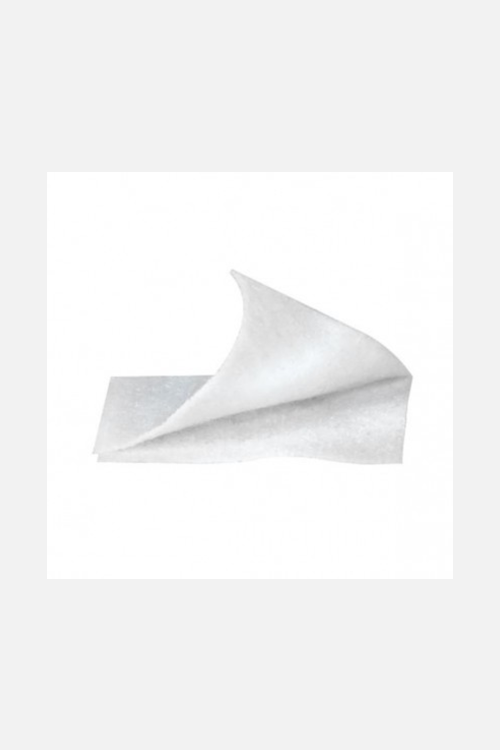
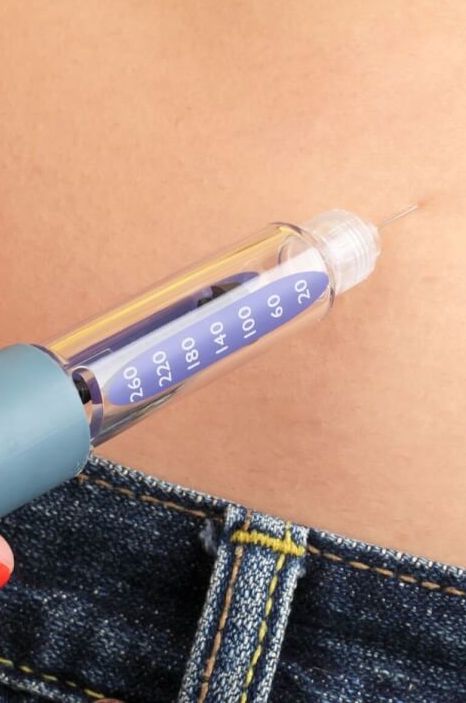
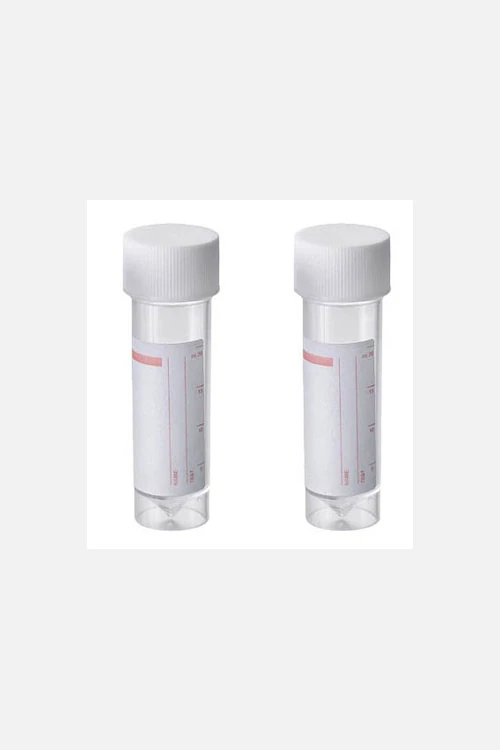
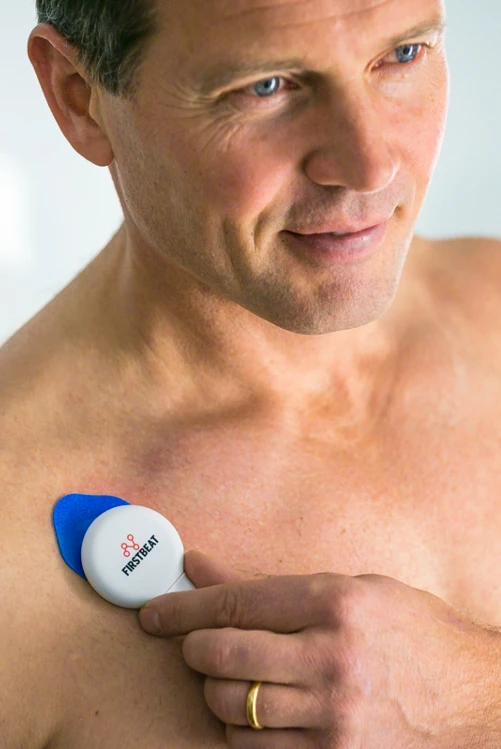
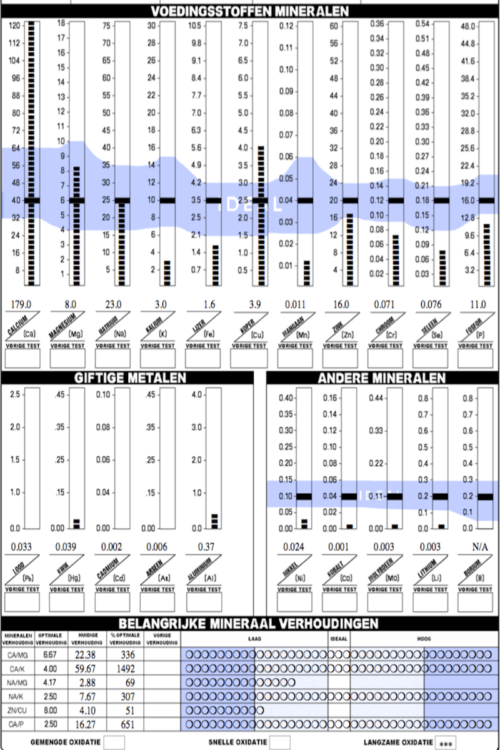

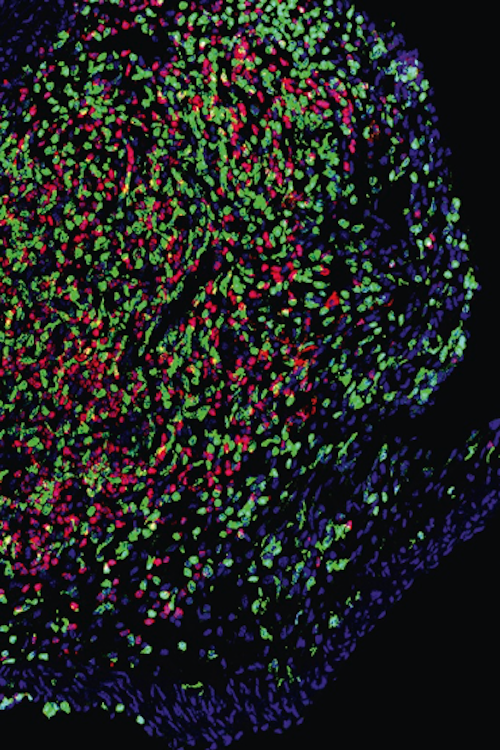
Reviews
There are no reviews yet.